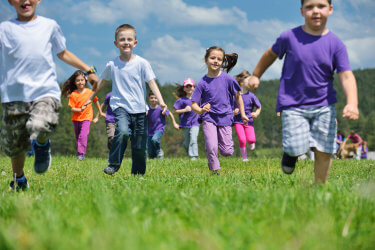Student lives are packed with school, homework, entertainment, social media and much more. This leaves little time for healthy eating and exercising. Understanding how to fit healthy meals and exercise into busy school days affects the ability of our students to meet the high demands of a busy life while simultaneously maintaining short and long-term health. Physical activity, good nutrition, and a healthy mind set, build the foundation for a well-rounded childhood. Questions about whether or not to eat breakfast, what to eat for breakfast, when to exercise, and how many hours of sleep are needed, are often confusing topics with many differing opinions. In this article, we address some common topics relating to how to start the day based on research-proven strategies for dealing with the fast-paced environment in which today’s students live.

Habits
Habits are regular tendencies and practices followed with little conscious effort. Habits are born out of long-term consistent routines. The more consistent students are with sleeping, eating right, and exercising, the greater likelihood they will become habits. Although changing our daily lifestyles can be difficult, one effective strategy is to set the goal of practicing 3-4 new behaviors for 30 days. These new goals should be written down and read daily. After 30 days students often discover that the new behaviors are taking less effort and starting to become second nature “habits.” But remember, it’s important to ensure routines (e.g. to eat breakfast everyday) are also consistently healthy (i.e. include meals that are well-balanced). Because lifelong habits can good or bad for your well-being, it’s vital our students’ choices are good!
Have Plenty of Choices
School-age children often don’t like doing the same thing over and over again. Routines that don’t include variety can become boring. But including variety doesn’t have to take away from the goal of developing consistent habits, but rather emphasizes the importance of providing choices within behaviors. Students need to have plenty of healthy choices for food and different options for staying physically active. Mixing it up is fun, refreshing, and something to look forward to doing rather than disliking.


